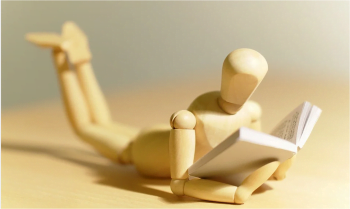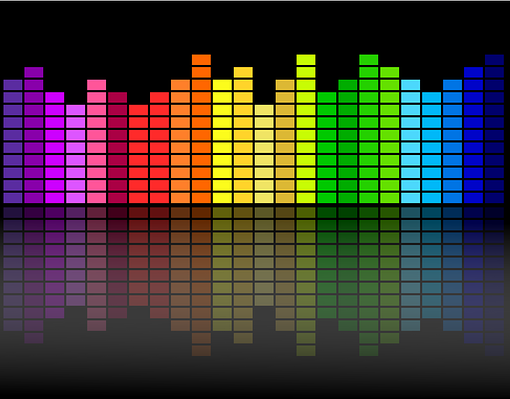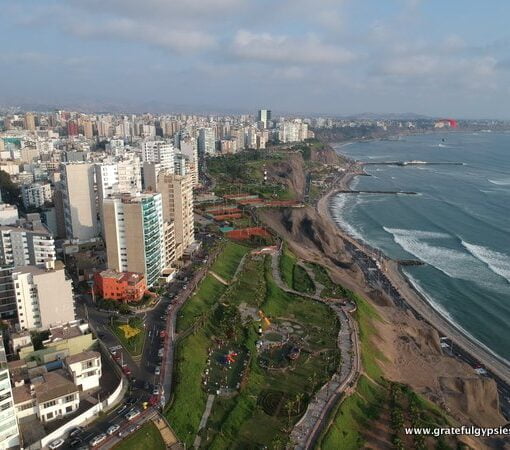There is a name that is today a synonym of modern Latin dance: bachata, which goes hand in hand with salsa and merengue as the high representatives of Latin American pop music all around the world.
Where did bachata come from? It was born in the Dominican Republic’s countryside during the first half of the 20th century, as a genre mixing the bolero with some African instrumentation and rhythms. Today’s standard bachata group comprises the following instruments: the requinto, the segunda (a kind of rhythm guitar), the electric guitar, the guitar, the bass guitar, the bongos and the güira.
Since its early years, bachata was rejected by the local high class because it was considered a variant of bolero songs strongly linked to rural settings and life in the slums. In this regard, bachata did not enjoy the same privilege granted to merengue during the three decades of military regime under dictator Rafael Leónidas Trujillo.
After Trujillo’s death in 1961, bachata had a golden opportunity to flourish. Musician José Manuel Calderón is credited as the first person having recorded a true bachata song, “Borracho de amor” (‘Love Drunk’) in 1962.
“Borracho de amor”, by José Manuel Calderón.
Following Calderon’s debut, more recordings came from artists Rodobaldo Duartes, Rafael Encarnación, Ramoncito Cabrera, Corey Perro, Antonio Gómez Sacero, Luis Segura, Louis Loizides, Eladio Romero Santos, Ramón Cordero, and many more.
However, the 1970s ended up being dark years for the genre. Bachata was rarely played on the radio, and it almost went ignored on the media. It goes without saying that bachateros were also barred from performing in high society venues—practically forced to play in the country’s poorest neighborhoods.
Naturally, the music was influenced by its surroundings. Despite its unofficial censorship, bachata remained widely popular, while orchestral merengue still benefited from the country’s major publicity outlets.
As of the 1980s, bachata was still regarded as crass and not refined enough to deserve a slot on any TV or radio broadcasting. Then, by the 1990s, bachata’s instrumentation changed from nylon string Spanish guitar and maracas of traditional bachata to the electric steel string and güira of its modern version. This change made the genre to be more oriented to dancing.
With that, bachata kept evolving into the 21st century thanks to the urban subgenre of bachata, which became an international success, putting this style among the well-established salsa and merengue in every dance hall in Latin America. Names like Monchy y Alexandra, Romeo Santos, Aventura, and Princes Royce are the most important artists carrying the name of Bachata on the international stage.
“La Carretera”, by Prince Royce.
Posteado en Spanish Articles (Facebook)





